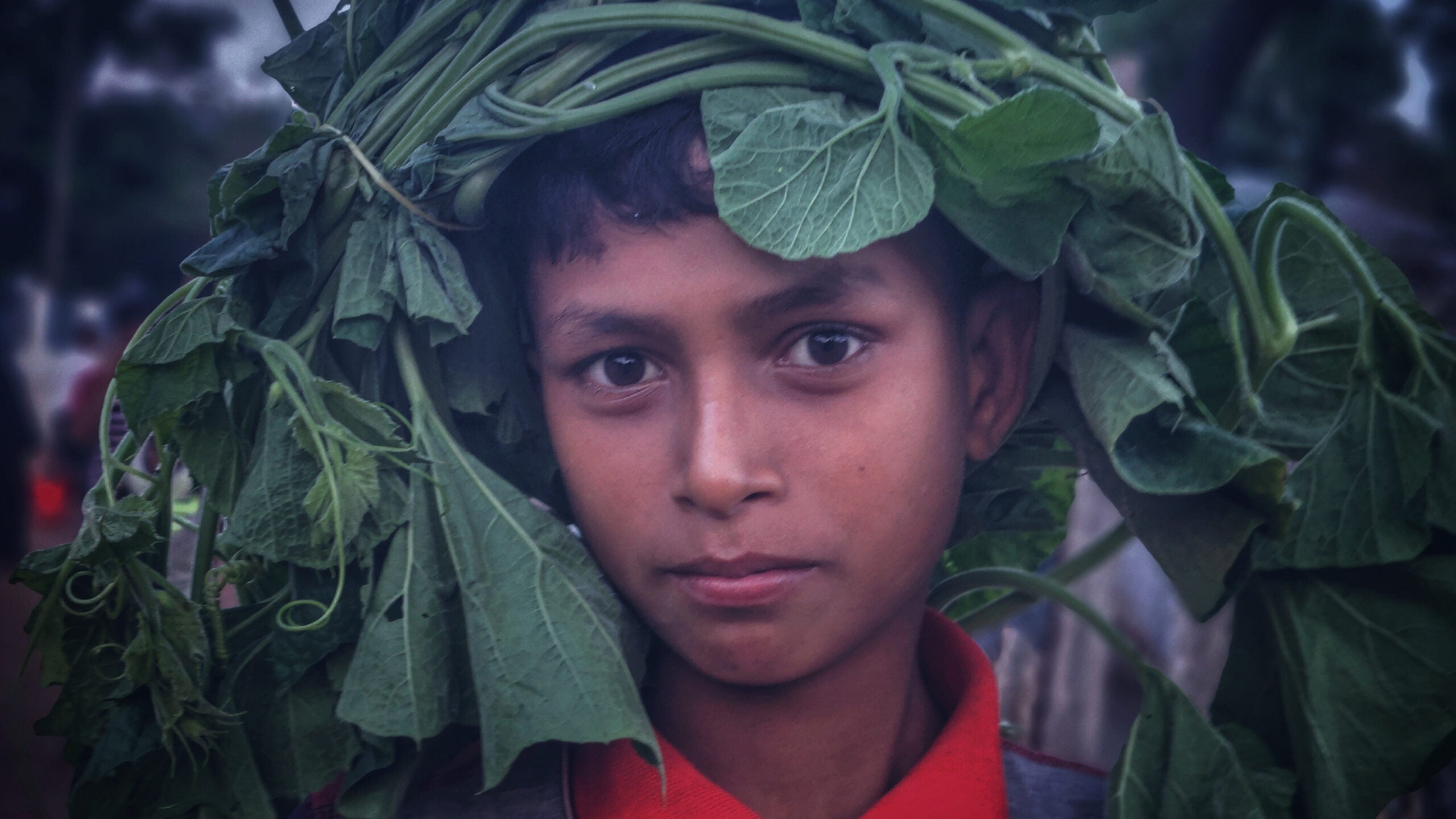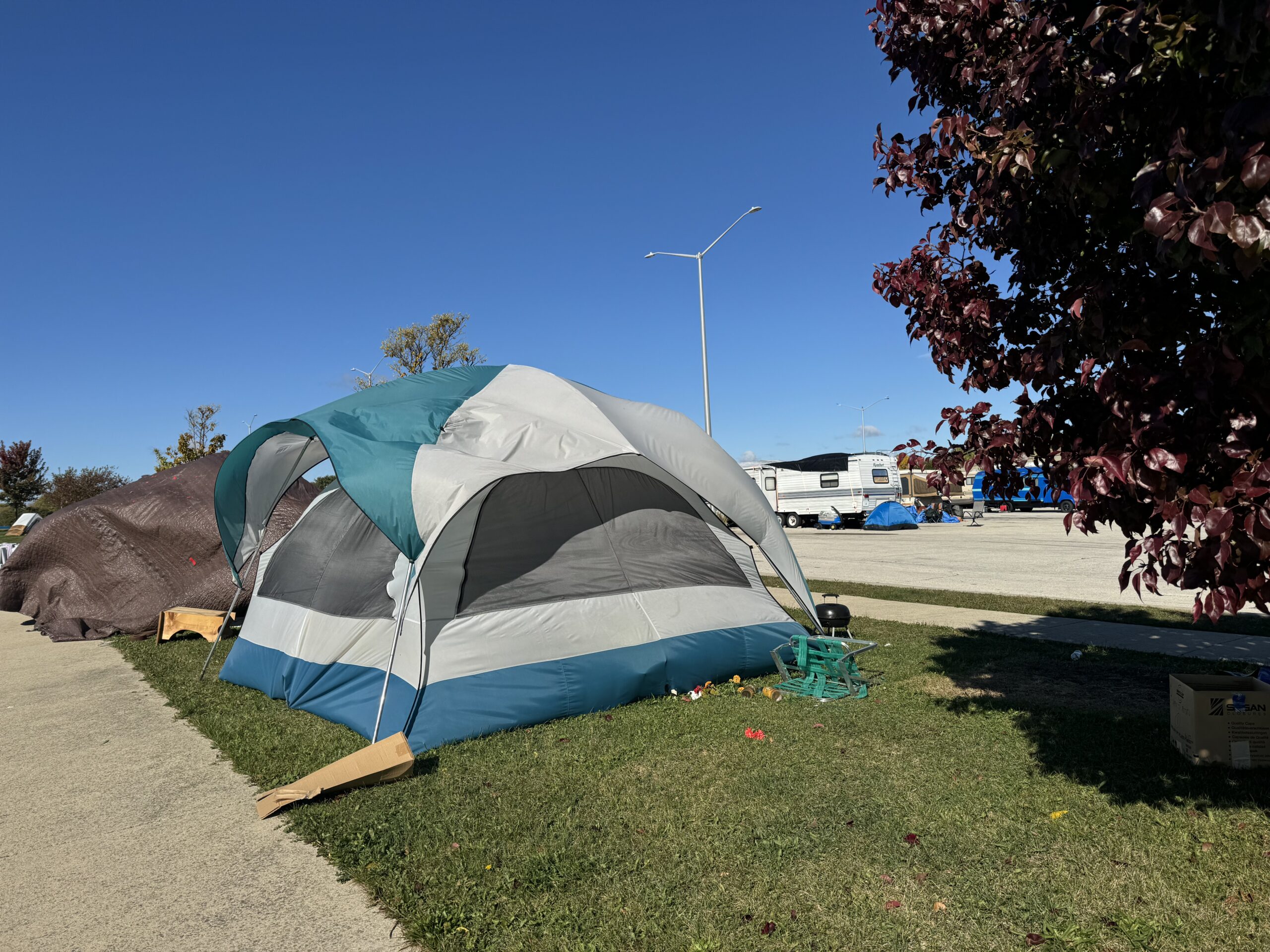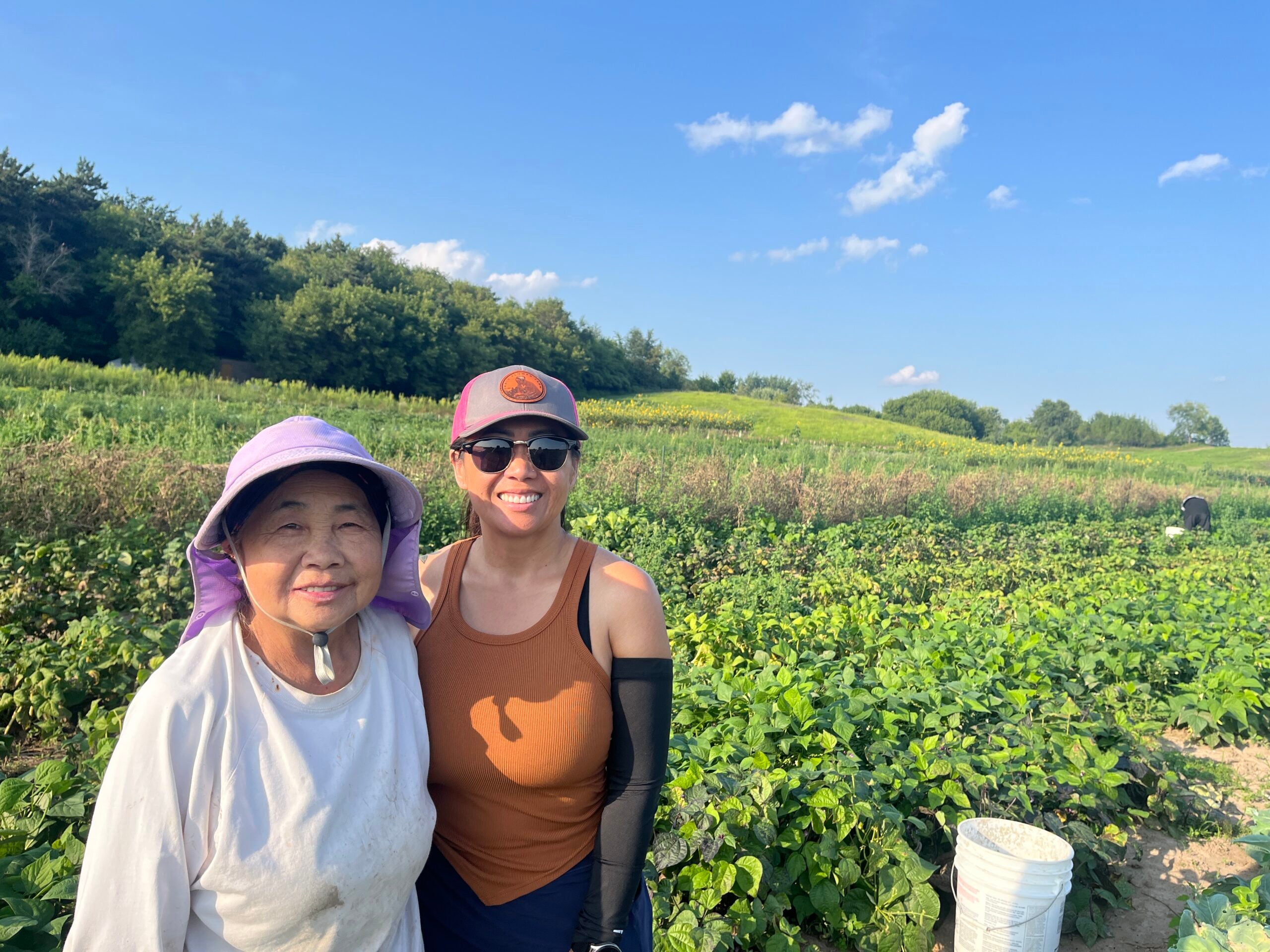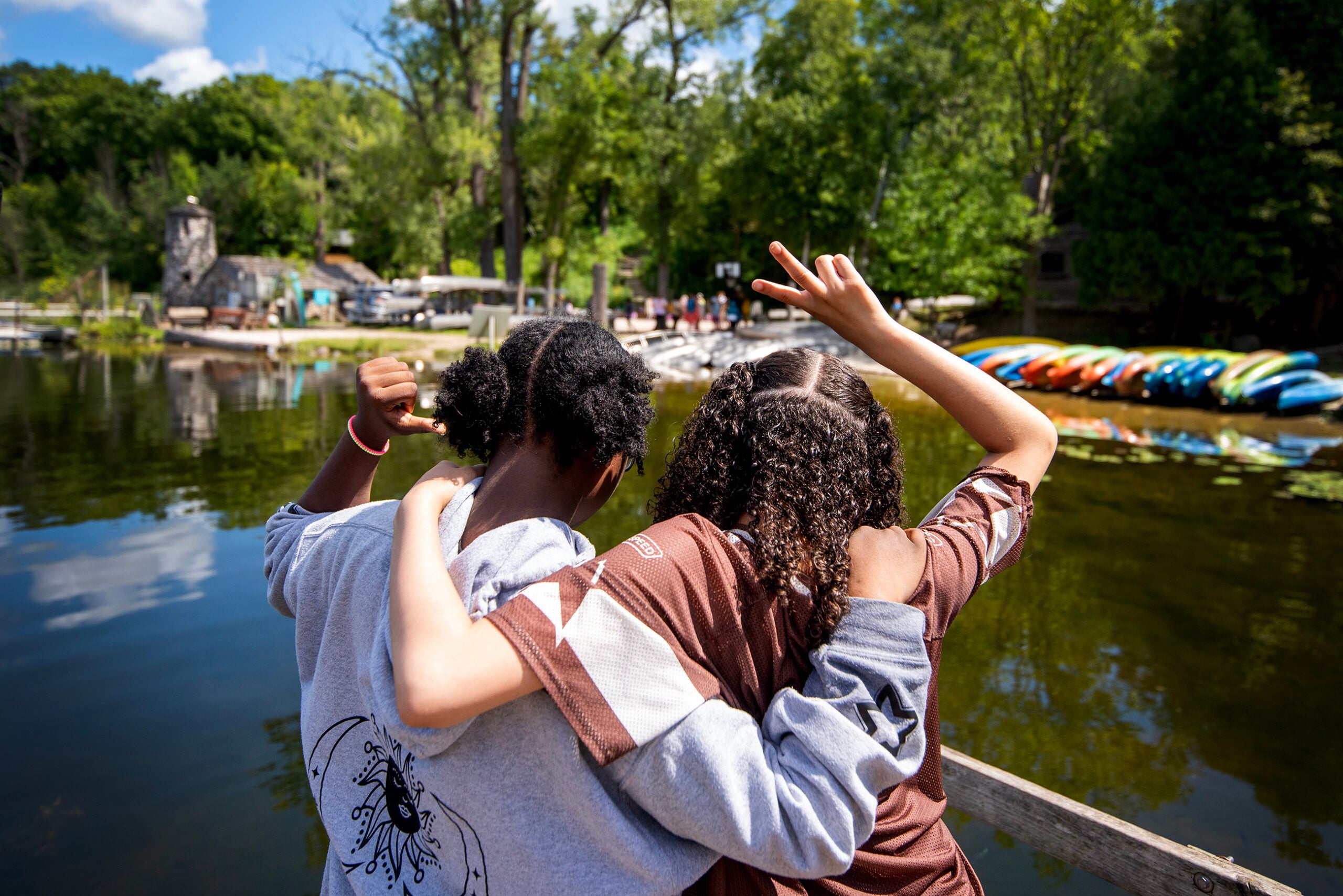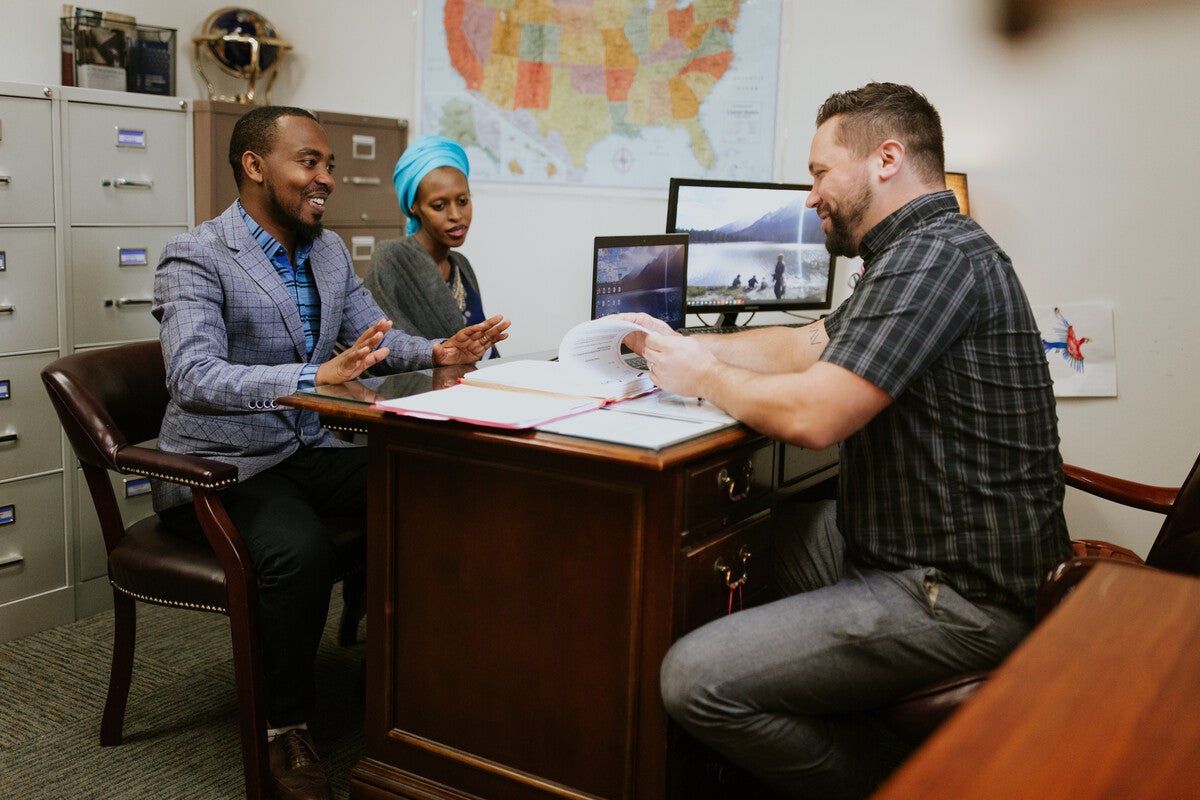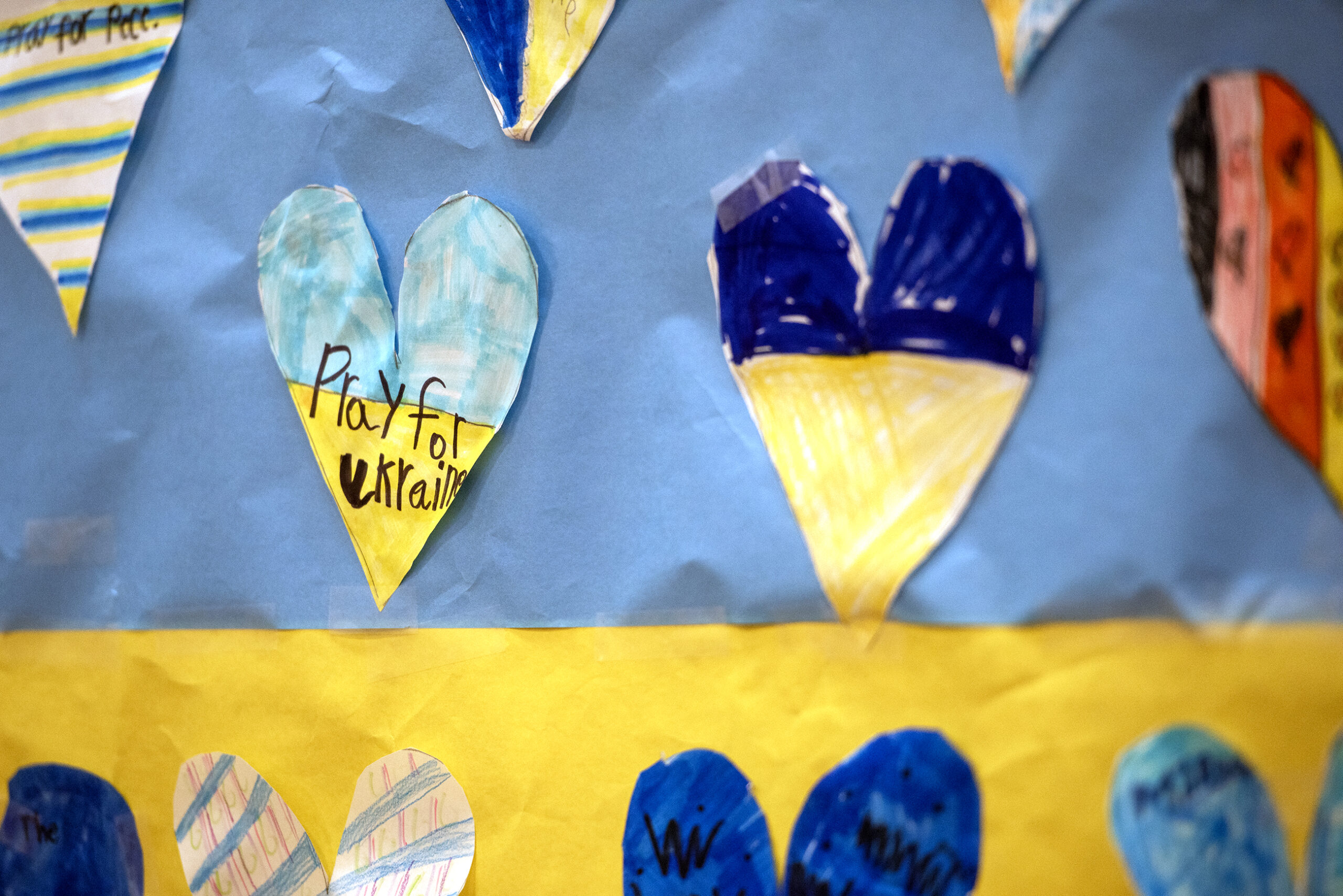Since 2017 nearly a million Rohingya people have been displaced from their homes in Myanmar, fleeing a wave of anti-Muslim persecution and violence in the predominantly Buddhist country. The vast majority have ended up in neighboring Bangladesh in what has become the world’s largest refugee settlement. Life in the makeshift communities around Cox’s Bazar district is a harsh one: Natural disasters, disease and hunger are constant threats. And yet, for those whom the United Nations has called “the world’s most persecuted minority,” there are also weddings and children’s games and street food.
Life in the camp emerges in rich and sometimes heartbreaking detail in the photographs of four young Rohingya people: Abdullah Habib, Sahat Zia Hero, Shahida Win and Mohammed Salim Khan. They were honored this month as the Asia-Pacific regional winners of the Nansen Refugee Award, which recognizes “outstanding work helping refugees, internally displaced or stateless people.”
“The photographs show a kind of daily life that you need to see to believe and begin to understand,” says Kevin Keen, spokesperson for UNHCR, the U.N. refugee agency that gives the award. “And they show the challenges that people face – you’re able to peer into their eyes to see the situation that they’re in, good and bad.”
News with a little more humanity
WPR’s “Wisconsin Today” newsletter keeps you connected to the state you love without feeling overwhelmed. No paywall. No agenda. No corporate filter.
With much of the international community’s attention trained on crises in Ukraine, Gaza, Sudan and elsewhere, says Keen, the world must not forget the Rohingya.
“They need the attention. And these award winners have chosen to use their time and their talent to help bring as much attention as possible to the plight of their people,” says Keen.
NPR spoke with the four photographers about their own stories, and why they feel called to document their people’s struggles and share them with the world. The following are excerpts from the interviews, edited for length and clarity.
Abdullah Habib, age 29 (Instagram)
I am from Rakhine State, from a village very close to Maungdaw that was destroyed very early at the beginning of the violence. My village is the biggest village around there and a huge population of Rohingya used to live there. So, always, the government and Rakhine Buddhists would try to destroy the village and remove us. And finally, they were successful in 2017, and we fled. Since then, I’ve been surviving in [the] Bangladesh refugee camp.
In Myanmar I used to take photos of the environment, of nature. At that time I did not have the idea of storytelling. And then I fled here in 2017 with my family, and somehow I started working with NGOs. And I kept taking the photos because I could see the actual situation of the people and their suffering, their struggle. At the time it was really horrible – some of them did not have shelters. A lot of them did not have food or clothes. We had to stand in line for days just to get that pack of food. And I thought this kind of situation should be documented. It will be like a document for the world and the international community, so they can keep raising the pressure on the Myanmar government. [They can say:] ‘You have done this and you cannot repeat it. These people are also human beings that have rights.’
In 2018, there was a rally conducted by the Rohingya people while the U.N. delegation was visiting. At that time, the Myanmar government kept saying that we are Bengali and we are illegal immigrants. Most of the people held posters that said ‘We are not Bengali’ and ‘We are Rohingya.’ And among the crowd, I can see a little child also holding a banner: ‘I want justice.’ There’s a long story about this child because he was burned in Myanmar by the Myanmar military. Half of his head is burned. The mark appeared very clearly. Still, this young child is holding the poster and asking for justice. That moment really, you know, hit my heart. So I feel like if you’re a victim, if you’re persecuted, then age does not matter – you can fight for all your rights.
This is a huge achievement for me and for all of us, the Nansen Award, and we are really grateful to UNHCR and our friends and colleagues who supported us. And I hope that we will keep doing all this because it is really important. I feel like we are representing the voice of 1 million refugees. We really do not want them to forget us. We are not letting them forget us.
Sahat Zia Hero, age 29 (Instagram)
When I was in Myanmar. I had a smartphone and I used to take photos of sports and football games. I was also a football player. And I used to take photographs of different locations and beautiful places in my village. After arriving in the refugee camp I started working with humanitarian organizations as a volunteer. So I started taking photos of the situation in the camp –shelter damage and landslides and floods and the fire incidents. I started uploading my photographs on social media to raise awareness of the current situation.
In 2021, I published my first photobook on Amazon, and after that I founded the Rohingyatographer magazine, which was published twice in that year. We are supported by the UNHCR, and now we’re working on issue number three, on Rohingya food culture. We have about 30 Rohingya photographers contributing to this issue.
I took a photograph of the fire incident in 2021. That photograph shows a woman looking toward her burned shelter. I took that photo when I was going to check my own shelter, [which] was one in the fire. Then I saw that woman. She’s my neighbor. She was crying a lot, looking at her burnt shelter. There was fire around everywhere at the time. So I took that photo, and I also felt the emotion of how she was crying and saying that our lives were burnt again. We had already lost everything when we had to leave Myanmar in 2017, and now again we lost everything in the fire.
I was also a victim of that fire. That is a very important photograph for me, and it’s there to remind me of the natural disasters and how this kind of situation makes us the most vulnerable [to them], and we fall victim, again and again.
I believe that photography has that particular power to make changes, especially in the situation of the people displaced and forced to flee from their country and take refuge.
Shahida Win, age 27 (Instagram)
Because my father is Rohingya, my father was deported and he started living in Rakhine State alone. After a while we came to Rakhine State to see my father, and when we arrived we [were not allowed] to go back to our original area.
Since I arrived in the Bangladesh refugee camp, I did humanitarian work here relating to the Rohingya culture. The curator trained us how to take photos because we needed photos of the cultural stuff. But initially, I was a poet. I used to write poetry. He made me a photographer as well, so I could take photos to relate the lines of poetry. If we connect the visual with the feelings, then the poetry will be more powerful.
I took a photo when there was a flood – a huge flood, the biggest flood we have ever faced in the camp –in 2021. We could not go from one shelter to another shelter because the water level was very high. At the time, I could see one of the old ladies from my neighborhood. She had come from her shelter and was standing on the road, but the water level was up to her chest. And she was calling me, ‘Shahida! Take my photo and tell the people how we are.’ The lady was telling me to take a photo so that I could share this story: We are genocide survivors and we have been going through a lot of hard times, but still we have to face all these natural disasters also. When I see her, she is old but still she has hope. And I really felt broken after seeing her situation. That is the photo, you know, that I can not forget.
We have a lot of Rohingya male photographers in the camp. But if they have to take a photo of a girl or a woman, we have a cultural barrier, and also a religious [barrier]. So men do not have access to every woman and their stories and photos.
I have great access to reach every woman. You know, in every woman and girl, they have some iron stories inside them that are untold. As a woman, if I ask her how she’s doing, or what is her dream, they feel free to tell me without feeling any hesitation. And this is really a privilege for me, that I can tell the story of the women that the male photographers cannot.
Muhammed Salim Khan, age 31 (Instagram)
My parents became refugees in 1992, and I was born in a refugee camp. So I’m the person who has never, ever seen my country, and my home village even. My whole life is in the refugee camp. Over the years, I got a chance to take some photos when I would go to the playground – I love to play cricket so when we would go to play a tournament, I’d take some photographs. In 2019 a guy held a competition, a Rohingya photo competition. I submitted my work and then I got an award.
Since then I have been working with many international media, and national media as well, who have published a lot of my work. Many media use my work to write about the situation here. I think it’s important to make documentation – that’s why I make photographs.
We live in refugee camps. [Being a] refugee means we have a lot of problems around us. There was a photo I took of a guy who has lost both his legs in Myanmar. He is surviving his life here. After that I was thinking about his life. We have a lot of problems over here, but he has extra problems. So I feel good to be able to show the situation to the world, so they know our challenges, they know our dreams and they can see our life through our photographs.
There are a million Rohingya people living in the world’s largest refugee camp who are suffering in a dire situation. We think that photography and storytelling have that power to motivate people and to empower people and to draw their attention to our crisis – the Rohingya crisis.
This story was photo edited by Pierre Kattar.
9(MDAyMjQ1NTA4MDEyMjU5MTk3OTdlZmMzMQ004))
© Copyright 2026 by NPR. To see more, visit https://www.npr.org.9(MDAyMjQ1NTA4MDEyMjU5MTk3OTdlZmMzMQ004))
